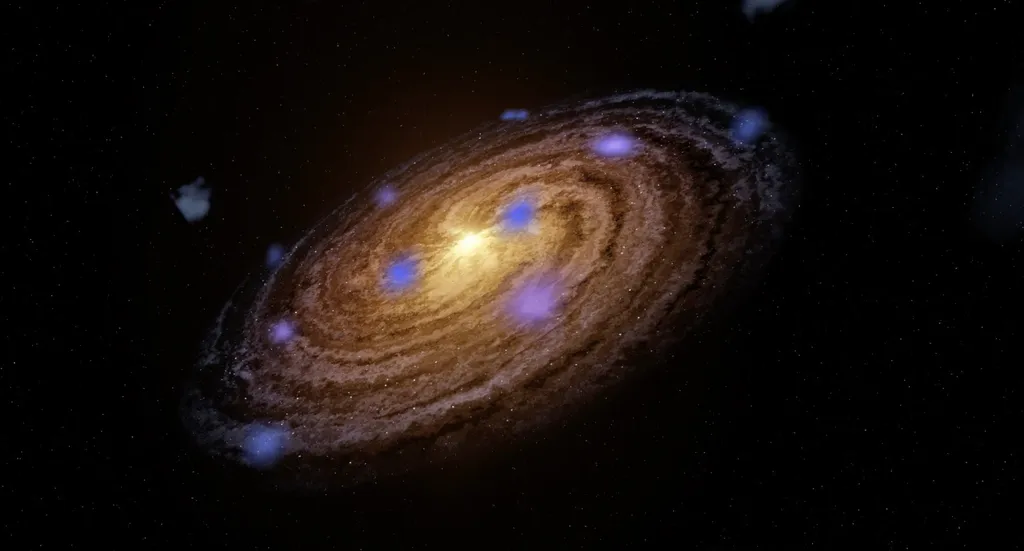In the realm of energy journalism, it’s not every day that we delve into cosmological research. However, a recent study by researchers O. R. Skorikov, S. V. Pilipenko, and M. V. Tkachev from the Moscow Institute of Physics and Technology offers insights that could have implications for our understanding of the universe and, potentially, the energy sector. Their work, titled “Constraints on Features in the Cosmological Power Spectrum from Observations of the Epoch of Reionization,” was published in the journal Physical Review D.
The researchers considered cosmological models that feature an enhanced amplitude of perturbations on the scale of dwarf galaxies. These models suggest that a “bump” or “tilt” in the power spectrum could lead to the early formation of a large number of galaxies. This, in turn, could shift the epoch of reionization—the period during which the first stars and galaxies ionized the intergalactic medium—to higher redshifts compared to current observations.
The epoch of reionization is a crucial period in the history of the universe, marking the transition from a neutral universe to one filled with ionized plasma. Understanding this period can provide insights into the formation and evolution of galaxies, and potentially, the distribution of dark matter.
The researchers found that for moderate bump amplitudes, specifically less than 1.5 to 2, these models are not ruled out by observations of reionization at a redshift of approximately 8. This is due to existing uncertainties in the fraction of ultraviolet photons escaping galaxies and the inhomogeneity of the neutral hydrogen distribution.
While this research is primarily focused on cosmology, it could have indirect implications for the energy sector. For instance, understanding the distribution and formation of galaxies can provide insights into the large-scale structure of the universe, which could be relevant for space-based solar power or other forms of interstellar energy harvesting in the distant future. Moreover, the study of the epoch of reionization can help us understand the early universe’s thermal history, which is crucial for models predicting the cosmic microwave background radiation—a potential energy source for future technologies.
In conclusion, while this research may not have immediate practical applications for the energy industry, it contributes to our broader understanding of the universe and could inspire innovative ideas for future energy solutions. The study was published in Physical Review D, a peer-reviewed journal by the American Physical Society.
This article is based on research available at arXiv.

